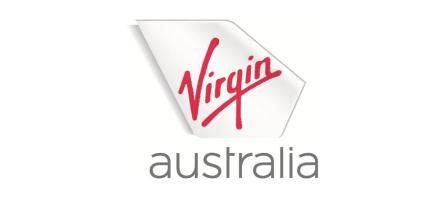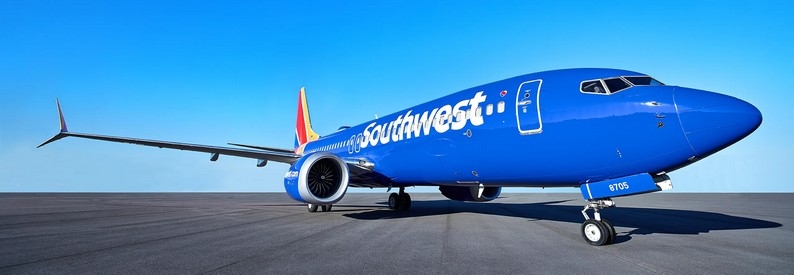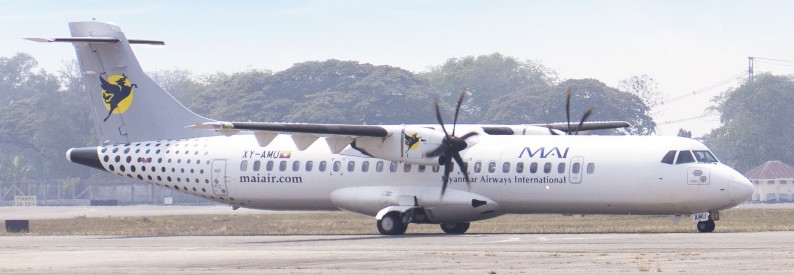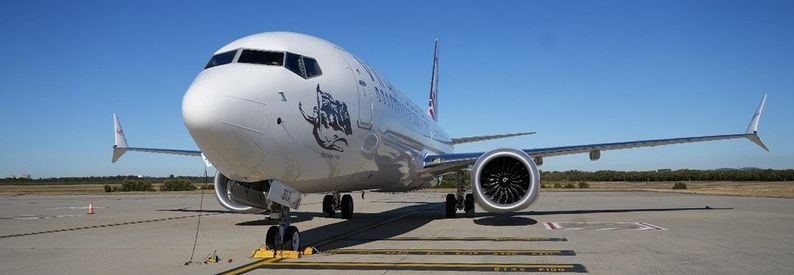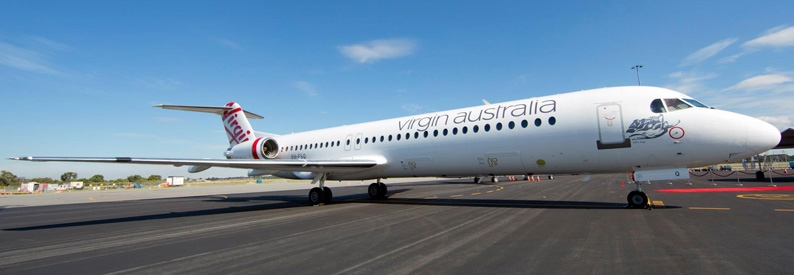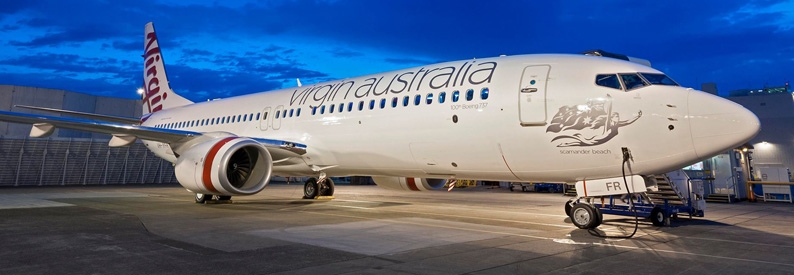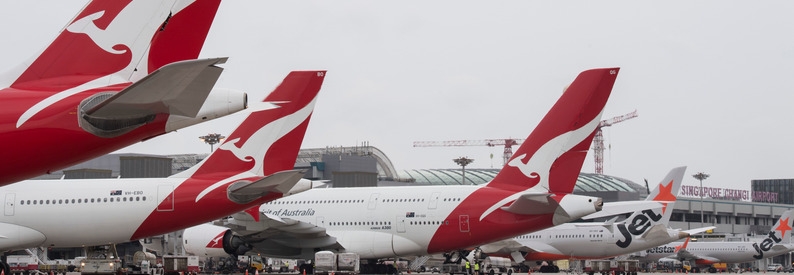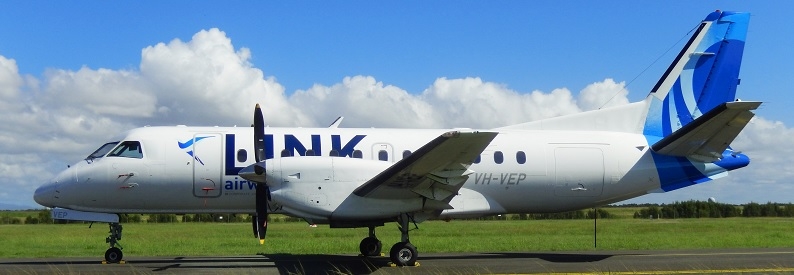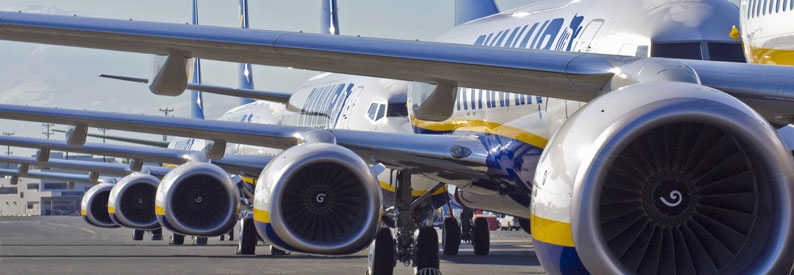Virgin Australia (VA, Brisbane International) chief John Borghetti thinks the future of aviation innovation lies with improving speed, not distance. Speaking at the Safeskies Conference in Canberra last week, Borghetti said that he thought that supersonic aircraft could be deployed in commercial fleets within the decade, reports The Australian.
"It is entirely reasonable to believe that in the next 10 years we will see supersonic jets safely and sustainably flying commercial passengers," he said.
Borghetti highlights the work being done by Boom Technology (Denver Centennial), a US aviation start-up based in Denver, Colorado. Boom claims to have made a breakthrough in aerodynamics with the design of its XB-1, leading to improved efficiencies in supersonic flight.
"Boom’s airliner enables fares 75% lower than Concorde, about the same price as today’s business class tickets," the start-up claims.
Borghetti's comments are in contrast to other carriers which have been keen to push aircraft to go further. Qantas (QF, Sydney Kingsford Smith) will launch London Heathrow – Perth International flights early next year aboard B787-9 aircraft, while Qatar Airways (QR, Doha Hamad International) is already operating Auckland International – Doha Hamad International using Boeing B777-200(LR) equipment. Each of these routes are around the 14,500 kilometre mark.
Boeing and Airbus are both working to extend the range of their aircraft, with the A350-900ULR capable of flying 17,960 kilometres. Qantas CEO Alan Joyce told Reuters earlier this year that he believes the A350-900ULR and Boeing's 777-8 are close to being able to provide non-stop Sydney Kingsford Smith-London flights.
"These aircraft, we think, are potentially real goers on these routes," Joyce said. "You know from what they have done on other aircraft that Sydney-London and Melbourne Tullamarine-London has real possibility."
Boom Supersonic's XB-1 – which is a one-third scale version of the planned passenger jet – is due for its first test flight in late 2018.
